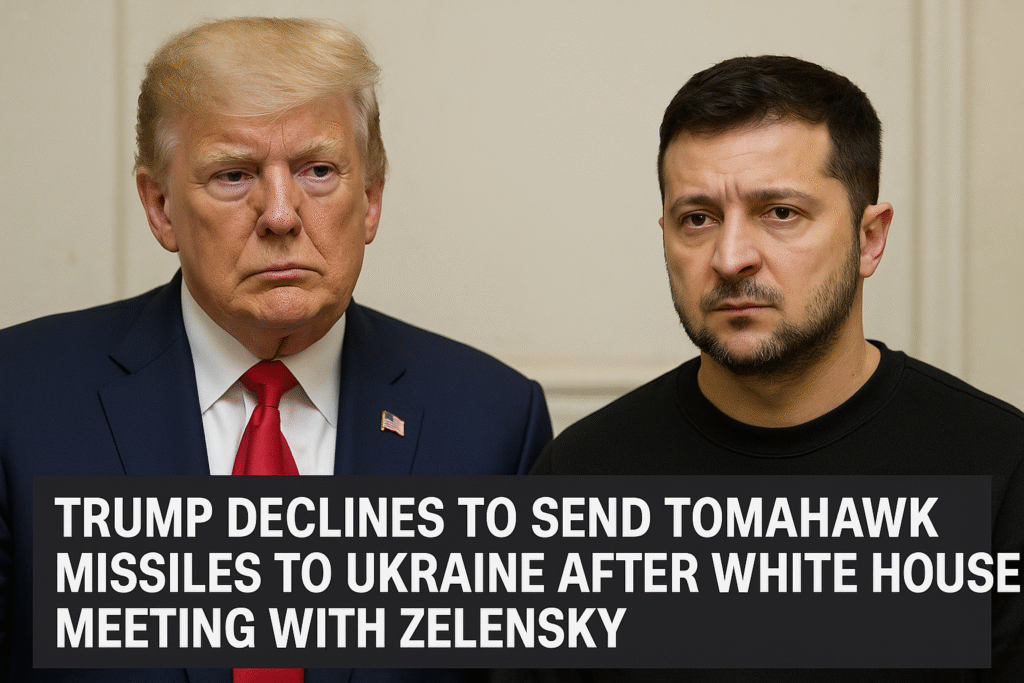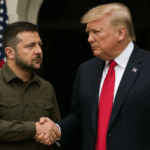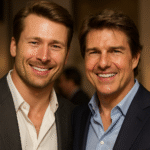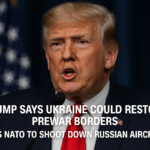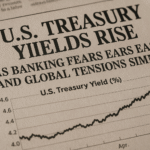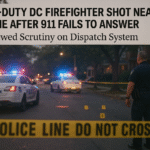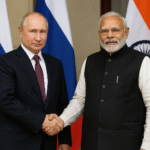By Harshit Washington, D.C. | October 18, 2025 6:30 AM EDT
Ukrainian President Volodymyr Zelensky appeared to leave the White House empty-handed on Friday after U.S. President Donald Trump signaled he was not ready to provide Tomahawk cruise missiles to Ukraine, a weapon Kyiv has long sought to counter Russian aggression.
The meeting, described as cordial but cautious, came just a day after Trump held a phone conversation with Russian President Vladimir Putin—and announced plans to meet him soon in Hungary. The timing of both meetings underscored the delicate balance Trump is attempting to strike between urging peace and avoiding escalation.
A Meeting of Caution and Calculation
Speaking to reporters after the White House talks, Zelensky said the two leaders discussed long-range missile systems, but he refrained from offering details, explaining that “the United States does not want an escalation.”
Trump, for his part, struck a measured tone. “Hopefully they won’t need it,” he said when asked about supplying the Tomahawks. “Hopefully we’ll be able to get the war over without thinking about Tomahawks. I think we’re fairly close to that.”
The U.S. president described the missiles—known for their precision and long-range strike capabilities—as “a big deal,” adding that the U.S. also needs them for its own defense. He suggested that providing them to Ukraine could further inflame tensions with Moscow but noted that discussions would continue.
Zelensky reportedly floated the idea of a drone-for-missile exchange, prompting smiles from Trump, though no concrete agreement was reached.
Calls for a Ceasefire “Where They Are”
Shortly after the meeting, Trump took to social media to urge both Kyiv and Moscow to “stop where they are”—an apparent call for an immediate ceasefire along the current front lines.
Zelensky later echoed Trump’s sentiment, telling reporters, “We have to stop where we are; he is right, the president is right.” He added that “the next step after that would be to speak,” signaling potential openness to a frozen conflict scenario—something Ukrainian officials have long resisted.
The Ukrainian president also posted on X (formerly Twitter) that he had briefed European leaders on his conversation with Trump, saying the “main priority now is to protect as many lives as possible, guarantee security for Ukraine, and strengthen all of us in Europe.”
UK Prime Minister Keir Starmer confirmed the call, calling it “productive” and pledging continued British humanitarian and military support.
Putin Looms Over Washington Talks
The Trump–Zelensky meeting followed Trump’s latest conversation with Vladimir Putin, in which both sides agreed to an upcoming summit in Hungary—though no date has been set.
Putin has repeatedly warned that transferring Tomahawk missiles to Ukraine would “further strain” U.S.-Russia relations. For Kyiv, the missiles represent a potentially game-changing tool to strike Russian oil and energy facilities, which Zelensky believes could cripple Moscow’s wartime economy.
When asked if the possible transfer of Tomahawks had prompted Putin to seek a meeting, Trump told the BBC: “The threat of that [the missiles] is good, but the threat of that is always there.”
Asked whether he believed Putin genuinely wanted a deal or was simply stalling, Trump admitted, “I am [concerned]. But I’ve been played all my life by the best of them, and I came out really well. So, it’s possible, a little time—it’s alright. But I think that he wants to make a deal.”
An Uncertain Path Toward Peace
Despite Trump’s optimism, analysts say the U.S. president faces a tight diplomatic ropewalk—balancing his stated desire for ending the war with the strategic demands of Kyiv and Washington’s NATO allies.
When asked if Zelensky would participate in the prospective Hungary summit, Trump hinted that direct trilateral talks could be complicated by what he called “bad blood” between the Ukrainian and Russian leaders. “We want to make it comfortable for everybody,” he said. “We’ll be involved in threes, but it may be separated.”
The White House confirmed that American and Russian teams will meet next week to prepare for the summit, which Trump described as potentially “very productive.”
Human Cost Remains High
Back in Ukraine, the toll of the war remains evident. In a Kyiv suburb, a local shopkeeper named Volodymyr was rebuilding his family’s store destroyed by Russian shelling. Speaking to the BBC, he paused through tears when asked about Trump’s planned meeting with Putin.
“Truth and democracy will win,” he said quietly. “We just want to live, we don’t want to give up. We just want them to leave us alone.”
As the world watches Trump’s next diplomatic move, both Kyiv and Moscow appear to be weighing the cost of prolonging the war against the uncertain hope of peace.

